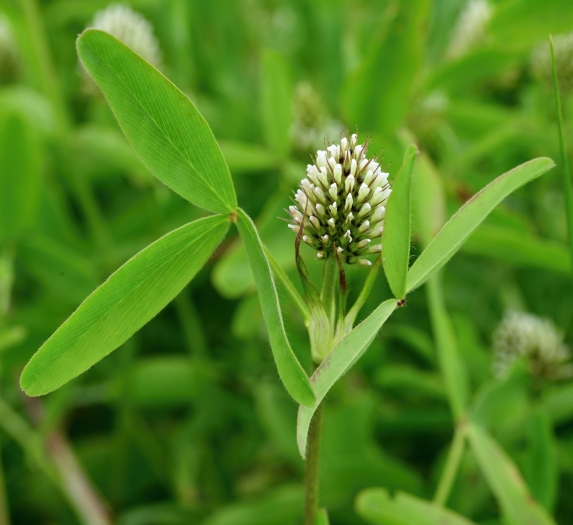Egyptian Clover
(Trifolium alexandrinum)
Egyptian Clover (Trifolium alexandrinum)
/
/

© milan kořínek
CC BY 4.0
Image By:
© milan kořínek
Recorded By:
Copyright:
CC BY 4.0
Copyright Notice:
Photo by: © milan kořínek | License Type: CC BY 4.0 | License URL: http://creativecommons.org/licenses/by/4.0/ | Uploader: milan195 | Publisher: iNaturalist |





















Estimated Native Range
Summary
Trifolium alexandrinum, commonly known as Egyptian clover or berseem clover, is an annual herb primarily grown in irrigated agricultural areas within subtropical climates. It is native to the Mediterranean region, thriving in the Nile Delta of Egypt, and has been a significant winter fodder crop there. Introduced to northern India in the early 19th century, it has since been cultivated in various regions including the United States, Europe, China, and Australia. The plant typically reaches a height of 12 to 39 inches with erect or ascending stems and has a fast growth rate. Its trifoliate leaves are lush green, and it produces small, white to pale pink flowers that are moderately showy and bloom in clusters.
Egyptian clover is valued for its high biomass production and nitrogen-fixing ability, which improves soil fertility. It is used as a forage crop, green manure, and cover crop to prevent soil erosion. In cultivation, it requires consistent moisture and does well in fertile loamy soils with good drainage. It prefers full sun but can tolerate light shade. While it is generally easy to grow, it can be susceptible to root rot in poorly drained soils and may attract pests like aphids. It is not typically grown for ornamental purposes but can be used in agricultural rotations to enhance soil health.CC BY-SA 4.0
Egyptian clover is valued for its high biomass production and nitrogen-fixing ability, which improves soil fertility. It is used as a forage crop, green manure, and cover crop to prevent soil erosion. In cultivation, it requires consistent moisture and does well in fertile loamy soils with good drainage. It prefers full sun but can tolerate light shade. While it is generally easy to grow, it can be susceptible to root rot in poorly drained soils and may attract pests like aphids. It is not typically grown for ornamental purposes but can be used in agricultural rotations to enhance soil health.CC BY-SA 4.0
Plant Description
- Plant Type: Herb
- Height: 1-2 feet
- Width: 1-2 feet
- Growth Rate: Rapid
- Flower Color: Pink, White, Yellow
- Flowering Season: Spring, Summer, Fall
- Leaf Retention:
Growth Requirements
- Sun: Full Sun, Part Shade
- Water: Medium
- Drainage: Medium, Slow
Common Uses
Bee Garden, Bird Garden, Butterfly Garden, Erosion Control, Groundcover, Low Maintenance
Natural Habitat
Native to the Mediterranean region, particularly the Nile Delta in Egypt
Other Names
Common Names: Berseem Clover
Scientific Names: , Trifolium alexandrinum, Trifolium albiceps, Trifolium albiceps, Trifolium alexandraeum, Trifolium alexandrinum subsp. serotinum, Trifolium alexandrinum var. madarensae, Trifolium alexandrinum var. serotinum, Trifolium alexandrium,
GBIF Accepted Name: